When you’ve spent whole days and weeks tinkering to get your coaching website just the way you want it, it’s understandable that you might look at it and think:
“Yeah, this is pretty cool.“
But while we think you’re cool for investing the time to get your website online, there are five common mistakes we see coaches make when they launch a new site.
It’s something we touched on in our article, Why people are bouncing off your website, when we explained how critical design and content are to ensuring site visitors stick around.
But fixing the design and copy isn’t always enough to compel site visitors to take action.
It goes way deeper than that.
5 mistakes coaches make on their websites
Even if you get your design and written content looking and reading well, here are five problems that are potentially putting off potential clients:
1. You don’t use photos of yourself
One of the first mistakes coaches make is not using photos of themselves.
Believe us. It’s more common than you think.
Why?
Because people feel embarrassed of their own photos, and want to wait until they:
- Lose weight
- Get fit
- Get a haircut
- Can afford a professional photoshoot
There’ll always be an excuse not to post one.
Remember, when people buy coaching, they’re buying into a relationship with you, the coach. So, it’s crucial your website provides them with a feel of who you are… regardless of whatever lockdown hair or paunch* you might be rocking at the moment.
*No? Just us then!
2. You try to include too much information
I get a little worried by how much information coaches try to put on their website. When it comes to website content, remember: less is more.
This is a ‘first date’ experience for your potential clients, so they only need to get a sense of the potential outcome and what it might look like to work with you.
You don’t need to give them an in-depth, step-by-step guide of every potential service you might consider offering in the next ten years.
3. You stall until everything is perfect
There’s no such thing as “perfect” when it comes to a business website.
Your offer, your wording, even your brand is going to keep evolving. So, instead of needing to get all your ducks in a row before starting, I’d encourage you to move forward imperfectly.
Get your site online, even if you only publish a landing page initially. You’ll be able to tweak and evolve everything once your website is online.
4. You don’t give your content a chance
If you keep changing the content on your main pages, search engines won’t be able to point people in your direction effectively.
Search engines take time to scan your site and work out what it’s about. Small tweaks are fine, but give your content time to work and, as with every significant change for your website, ensure you’re being strategic.
5. You’re spending too much time tinkering with your website
Designing a website can be a lot of fun. If you’re creative and have a little technical knowledge, it can be hard to resist updating your design… but wait!
The more time you spend tinkering with your website, the less time you’re spending on what actually matters: marketing.
Because let’s face it – no matter how great your website is, unless you do some marketing to drive people to your site, no-one is ever going to see it.
You’ll see far greater returns if you invest time writing blog posts, case studies, social media posts or creating videos or podcasts.
***
Stop making these five mistakes and your coaching website is going to rock!
Need a little help?
If making these changes throws up more problems than it fixes, chances are building a website just isn’t your thing.
The good news?
It’s ours.
So, why not let us take it off your hands by signing up for The Brand Bootcamp?
Not only will we help you craft your compelling story and develop your brand identity. When that’s done, we’ll share it all on a modern website that’ll engage your customers, increase your leads and sales and reduce your bounce rate.
Cool, right?
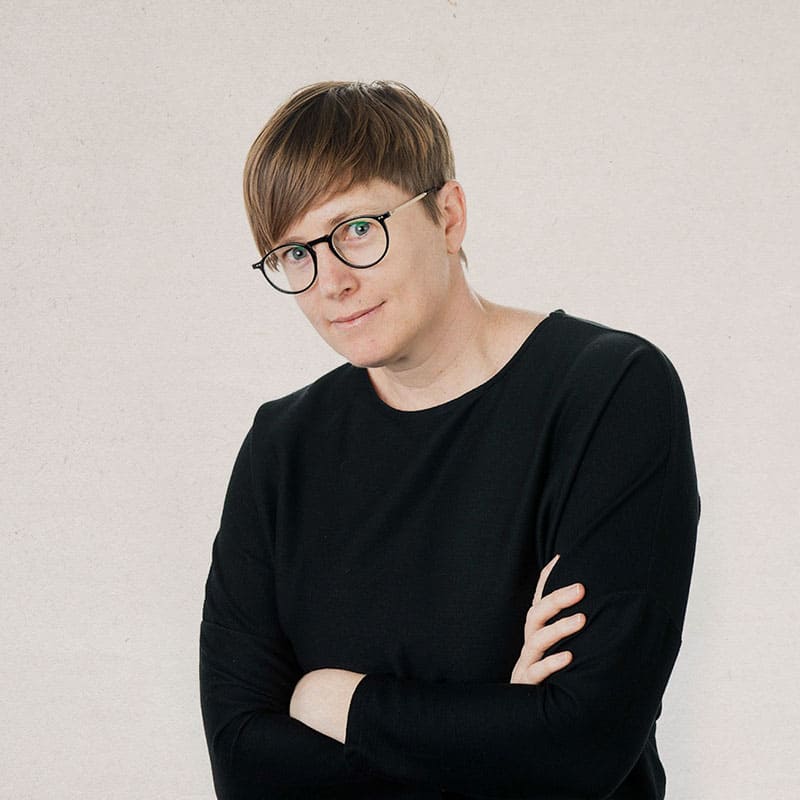
Cat Townsend
Founder of the Good Alliance
After more than a decade spent helping big brands sell more stuff, to people that didn’t need it; Cat set a simple intention: To do more work that made a positive difference in the world. So The Good Alliance was born…

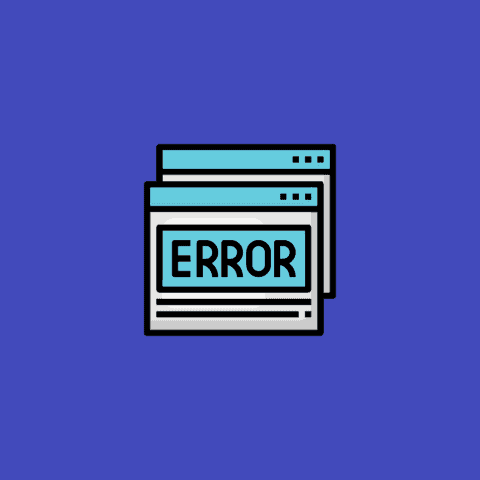

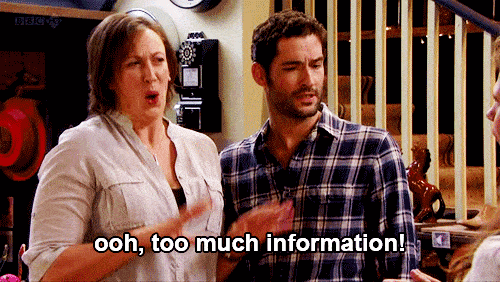
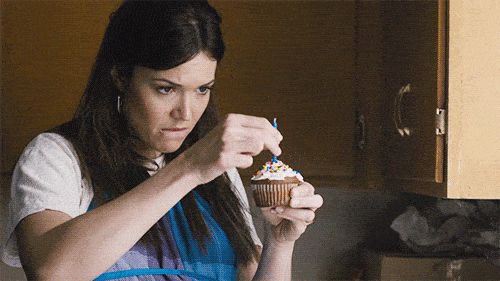
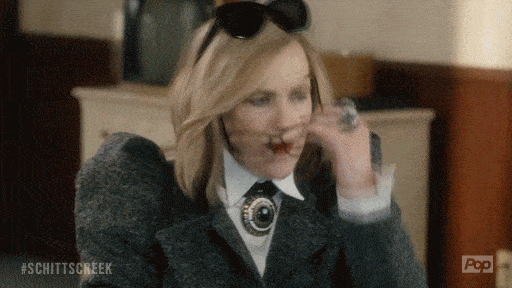
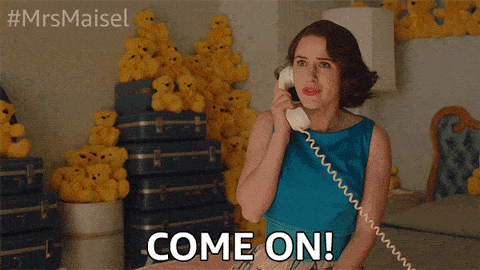


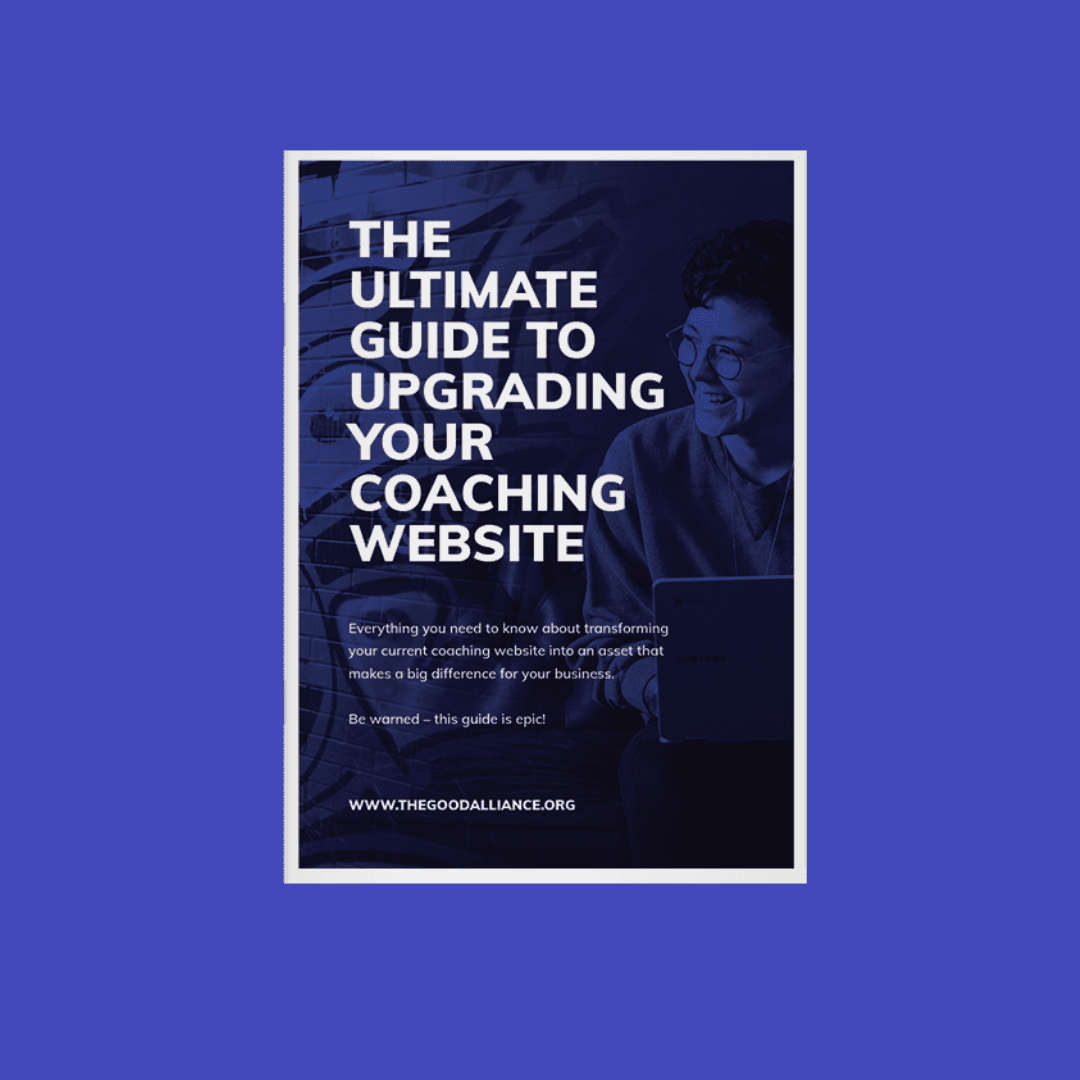
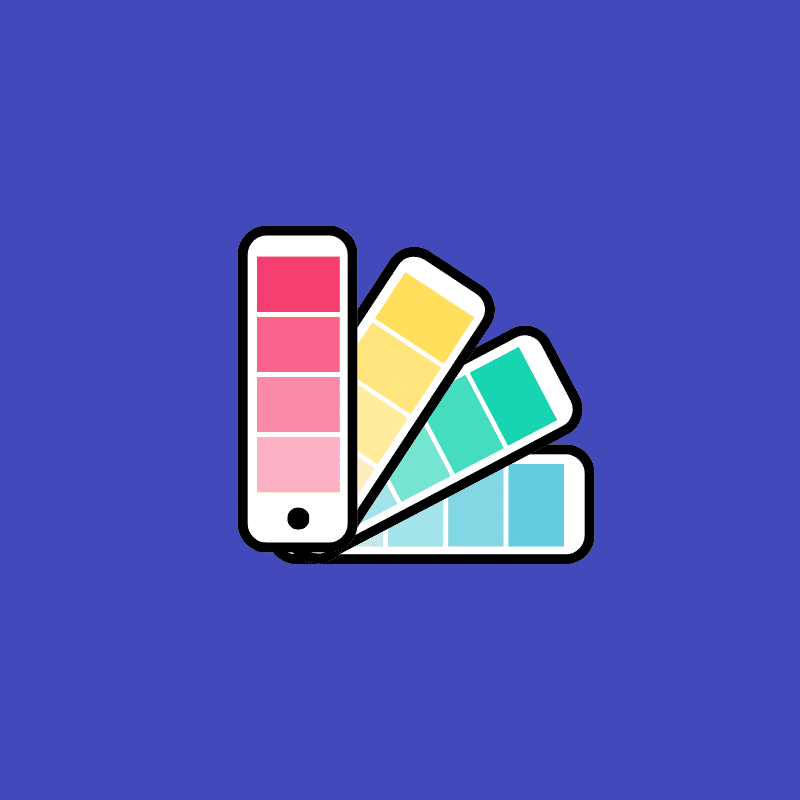


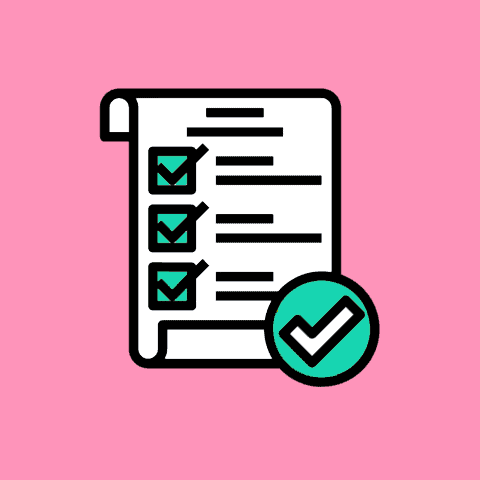





0 Comments